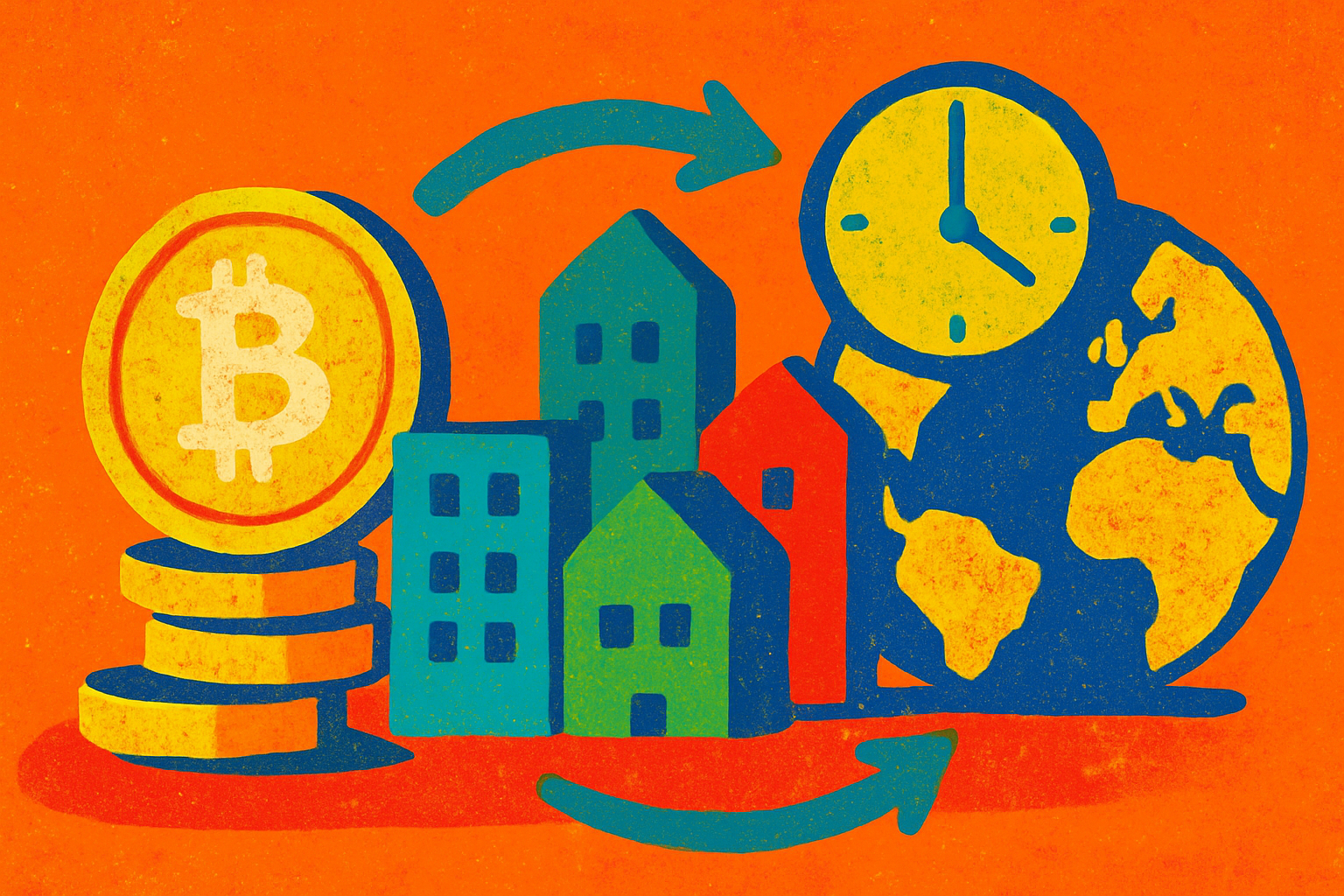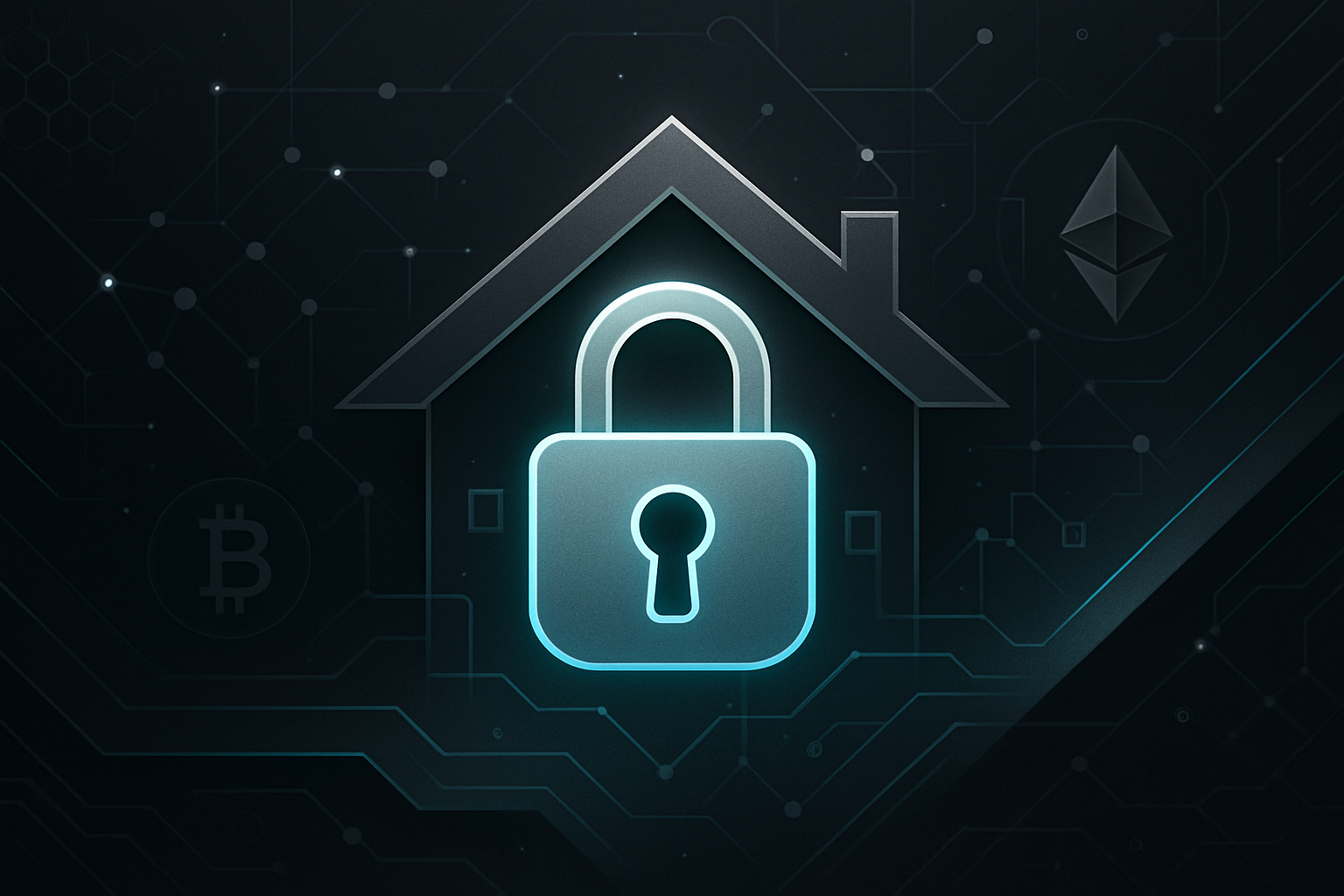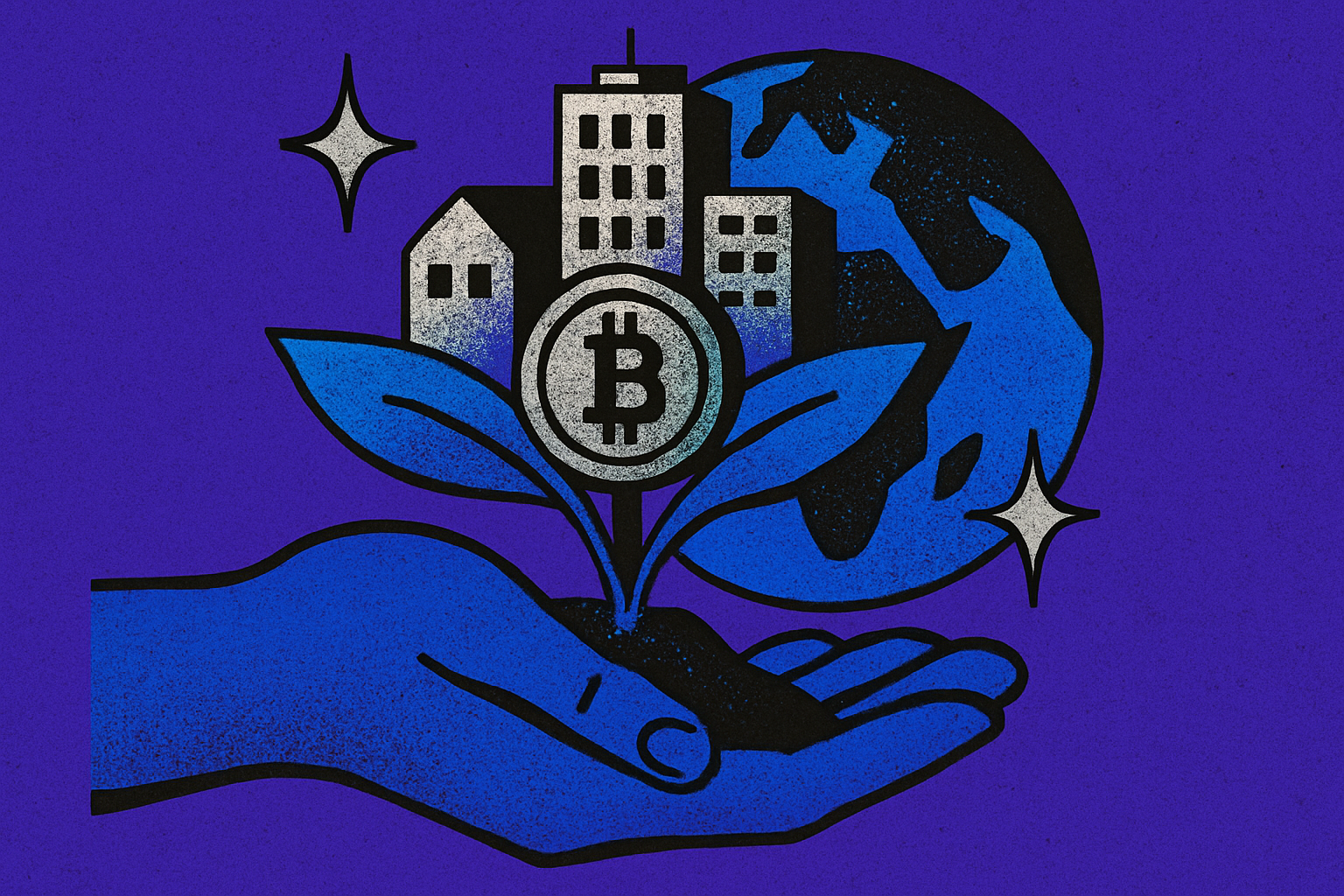How Real Estate Tokenization Lowers Barriers for Small Investors in 2024

In 2024, real estate tokenization is fundamentally reshaping the investment landscape for small investors. Historically, direct property ownership has required substantial upfront capital, often tens or hundreds of thousands of dollars, effectively locking out individuals with limited resources. Today, blockchain-driven platforms are breaking down these financial barriers by enabling fractional property ownership through the issuance of real estate tokens.

Fractional Ownership: The New Entry Point
The most profound change brought by tokenization is the ability to invest in real estate with far less capital than ever before. Instead of purchasing an entire property or even a large share in a real estate fund, investors can now buy tokens representing tiny fractions of high-value assets. For example, leading platforms have set minimum investments as low as $50, a dramatic shift from the traditional entry requirement of $10,000 or more. This democratizes access and allows individuals to diversify across multiple properties and markets without overextending themselves financially.
This model is not theoretical; it’s operational at scale. Platforms like RealT have already tokenized hundreds of properties across the United States, offering low entry points and immediate exposure to rental income streams. The result is that investment in commercial and residential properties is no longer limited to institutional players or high-net-worth individuals.
Enhanced Liquidity and Flexibility
Liquidity has long been a sticking point for real estate investors. Traditionally, selling even a partial stake in a property could take months and involve significant legal overhead. Tokenized real estate sidesteps this friction by allowing tokens to be traded on secondary markets. Investors can now buy or sell their positions quickly and efficiently, sometimes in minutes rather than months, making real estate behave more like stocks or other liquid securities.
This flexibility empowers smaller investors to respond rapidly to market changes or personal financial needs without incurring prohibitive costs. It also opens up possibilities for portfolio rebalancing that were previously impractical for those holding illiquid physical assets.
Transparency and Security via Blockchain
Another key advantage of blockchain-based tokenization is transparency. Every transaction, whether it’s an initial purchase, secondary trade, or distribution of rental income, is immutably recorded on-chain. This drastically reduces the risk of fraud and provides all participants with verifiable proof of ownership and transaction history.
The use of smart contracts further automates compliance checks, dividend distributions, and settlement processes. These efficiencies lower administrative costs and minimize human error, benefits that disproportionately favor smaller investors who are more sensitive to fees eating into returns.
If you want to explore how these mechanisms are transforming accessibility specifically for individual investors, see our deep dive on how real estate tokenization is breaking down barriers for small investors in 2024.
While the benefits of real estate tokenization are compelling, it is important for prospective investors to approach this new frontier with a clear understanding of both the opportunities and the inherent risks. Tokenized property investments, though more accessible, still require due diligence regarding platform credibility, asset quality, and regulatory compliance. The rapid growth projected by industry analysts, Deloitte estimates a jump from under $300 billion in tokenized real estate in 2024 to $4 trillion by 2035, underscores the need for careful selection and ongoing risk management.
Navigating Risks: What Small Investors Should Know
Not all tokenized assets are created equal. Investors should scrutinize underlying property valuations, rental yield assumptions, and platform governance structures. Smart contracts automate many processes, but bugs or misconfigurations can introduce vulnerabilities. Moreover, while blockchain records enhance transparency, the legal frameworks governing digital ownership and recourse in case of disputes are still evolving in many jurisdictions.
Liquidity is a double-edged sword: while secondary markets make entry and exit easier than ever before, thin trading volumes or platform outages can still impede redemptions during periods of volatility. Regulatory clarity is improving but remains patchy across regions; investors should be aware of local securities laws and tax implications before committing capital.
Key Questions Before Buying Tokenized Real Estate
-

What are the minimum investment requirements? Platforms like RealT allow investments starting as low as $50. Confirm the minimum buy-in and ensure it aligns with your budget and risk tolerance.
-

How is ownership and income distributed? Understand how fractional ownership works and how rental income or dividends are paid. Look for platforms that use blockchain-based smart contracts for automated, transparent distributions.
-

Is there sufficient liquidity and a secondary market? Check if tokens can be easily traded on secondary markets, such as tZERO or OpenFinance. Liquidity is crucial if you may need to exit your investment early.
-
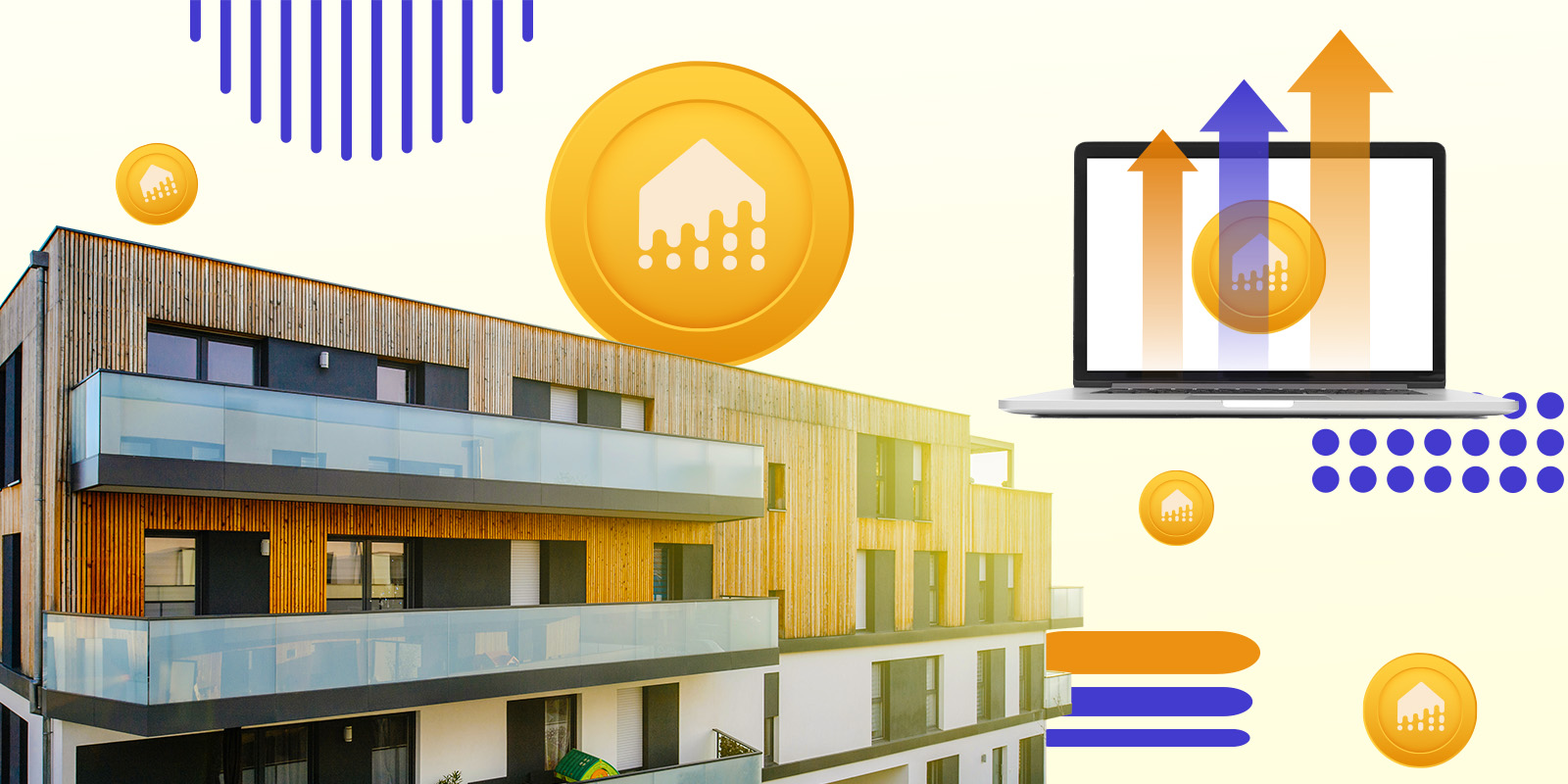
What are the fees and costs involved? Review all platform, transaction, and management fees. Tokenized real estate often has lower administrative costs, but always verify the fee structure before investing.
-
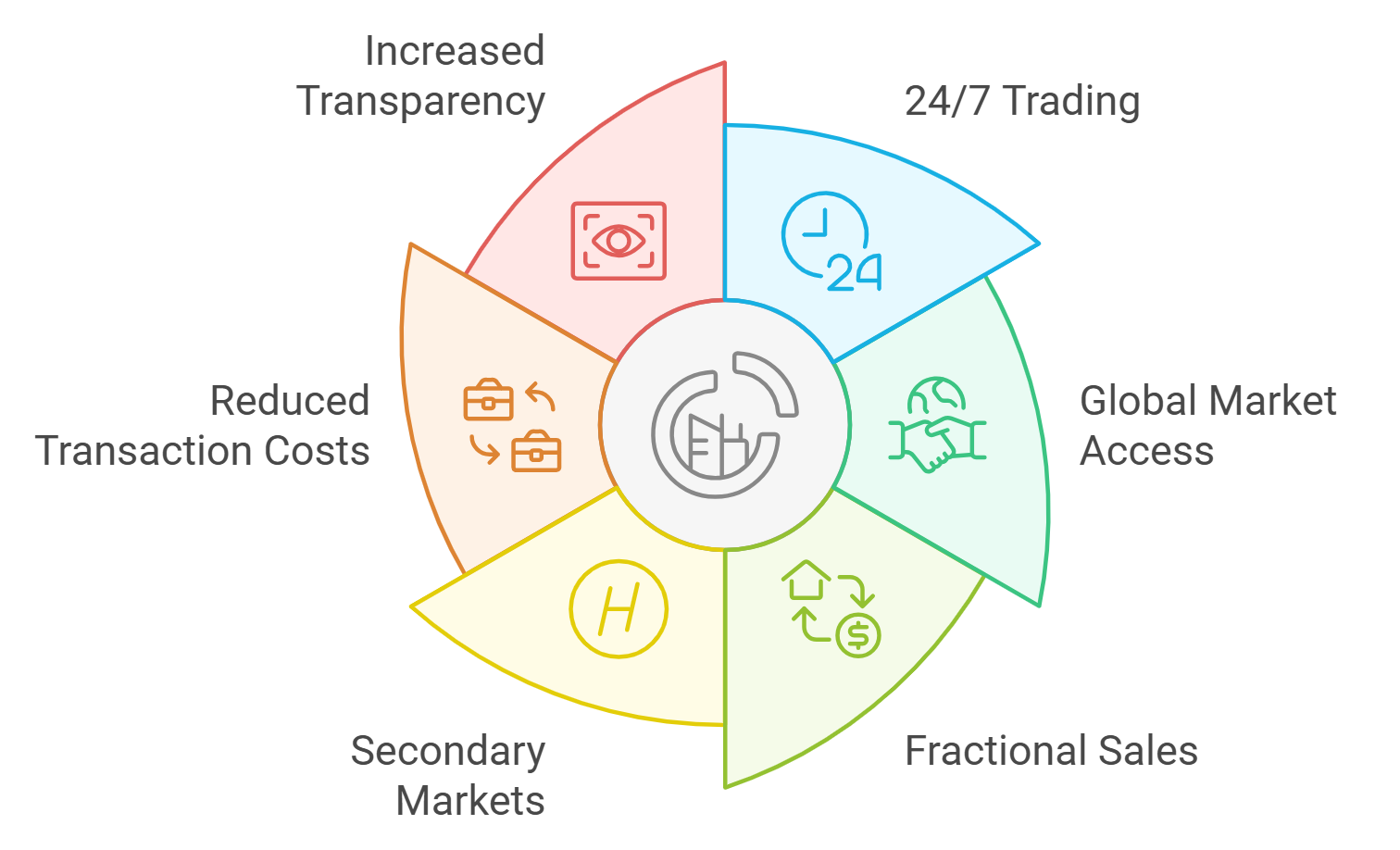
How are investor rights and legal protections handled? Examine the legal structure of the tokens—do they represent direct property ownership, shares in an entity, or debt? Ensure you understand your rights and any protections in place under local law.
-

What due diligence is provided on properties? Assess the quality of property information, inspection reports, and financials made available by the platform. Trusted platforms should offer detailed due diligence for each asset.
For those who want to better understand how liquidity is transforming global property investing for individuals, our analysis on how real estate tokenization increases liquidity for global investors offers a comprehensive breakdown.
The Road Ahead: Efficiency and Global Reach
The efficiency gains from blockchain-based processes are particularly meaningful for smaller portfolios. Automated dividend payouts mean that even those holding just a few tokens receive their share of rental income without manual intervention or high administrative fees. These micro-distributions were previously impractical due to transaction costs, now they’re routine thanks to smart contracts.
Perhaps most significantly, tokenization is unlocking global access to real estate markets once out of reach for everyday investors. It’s now feasible for someone in Singapore to own a fraction of an apartment building in Chicago or Berlin with minimal friction. This international diversification was previously reserved for institutional players; today it’s within reach at entry points as low as $50.
As platforms continue to mature and regulatory frameworks catch up with technological innovation, expect further reductions in investment minimums and greater integration with DeFi protocols. For small investors willing to do their homework, and manage risk with discipline, the future of accessible real estate investment looks promisingly decentralized.


